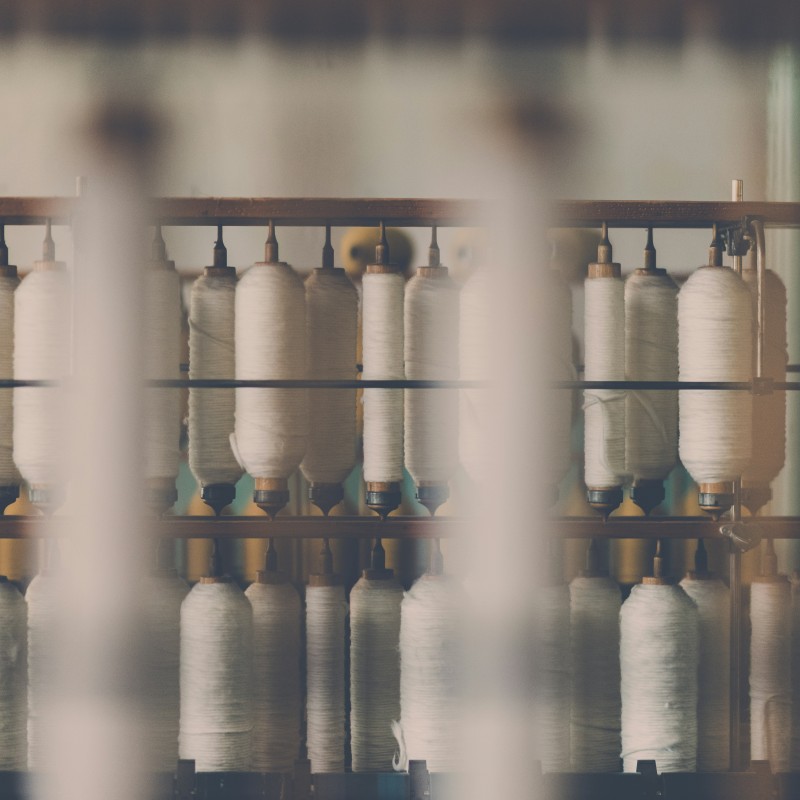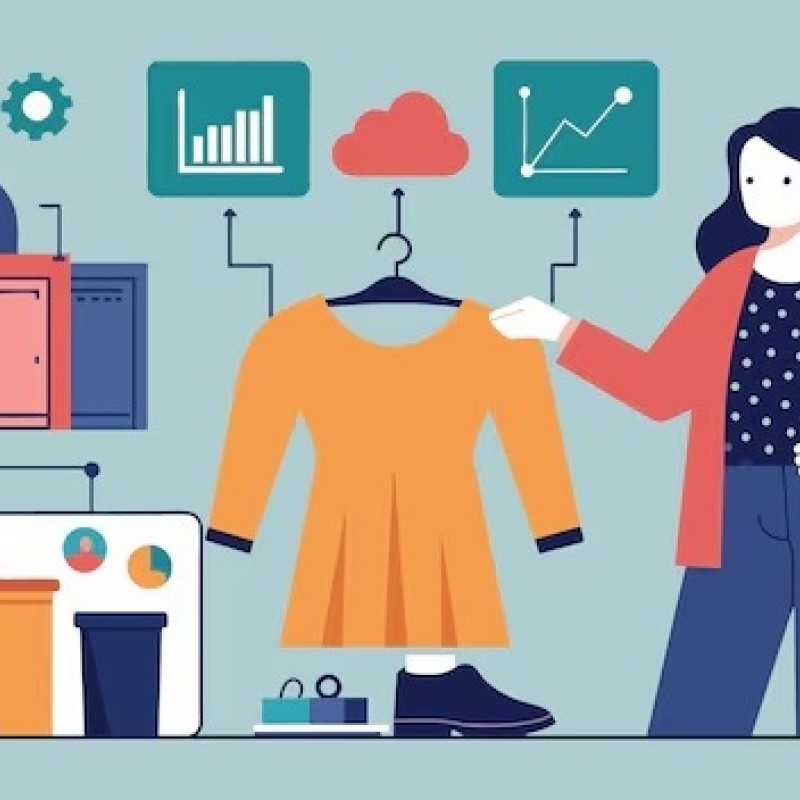Fashion is known for pushing boundaries and making statements. From Marie Antoinette’s scandalous chemise sparking public outcry to the miniskirt becoming a symbol of women’s freedom, the fashion industry has the ability to profoundly influence society.
One of the major trends currently affecting social norms is genderless fashion. In recent years, Gen Z has triggered a dramatic shift towards challenging long-established binary gender roles and the means of gender expression in global society. In fact, about half of all millennials and Gen Z consider it ‘outdated’ to think of gender as binary, or separating gender into men and women. And this view, of course, is changing the fashion industry.
Gender-neutral clothing is anything but new. Historians note that for centuries, men and women dressed similarly, wearing items like tunics and robes of varying lengths. Clothing was primarily a means of distinguishing people by social class rather than by gender. But around the 1500s, various changes occurred that caused men’s and women’s clothing to become strikingly different.
In more recent history, gender-bending trends have been associated with social movements. For example, in the mid-1800s, suffragettes and women’s rights advocates started to popularise pants and bloomers as a means for women to overcome burdens and do things that men could do. And the 1920s flapper style also promoted androgyny in women, with short bob haircuts, suits and trousers and boxy dresses that deemphasised breasts and hips. But in the 1940s and 1950s, a clear divide between men’s and women’s fashion became entrenched in society again.
In the 1960s and 1970s, unisex fashion made a comeback and became a major trend for both men and women, coinciding with the societal effects of feminism, gay rights and the Civil Rights movement. Giving rise to icons like David Bowie, Jimi Hendrix and Freddie Mercury, this period started a movement towards gender-fluid expression and genderless fashion that hasn’t gone away since.
From Yves Saint Lauren’s Le Smoking Tuxedo for women in 1966 to Jean Paul Gautier’s skirt suits for men in 1985, the fashion industry has long been involved in exploring gender roles and identity. The current trend towards genderless fashion is an extension of this trajectory, and it’s becoming mainstream rather than staying in societal niches.
Currently, two separate but related movements regarding gender are ongoing in fashion, and it’s important to distinguish between the two.
Genderless fashion is also referred to as unisex, androgynous or gender-neutral fashion. This trend is all about rising above binary gender norms with clothes that anyone can wear, regardless of where they are on the gender spectrum. These clothes are often baggy and neutral coloured and not particularly masculine or feminine. Think of Billie Eilish in her formless Gucci suits or Bella Hadid in baggy jorts.
Gender-fluid fashion also challenges binary norms, but it does so by promoting nonconformity. Rather than deemphasising gender and sex characteristics, this trend is about bucking normative associations and redefining masculinity and femininity. Think of Billy Porter’s velvet tuxedo dress by Cristian Siriano at the 2023 Golden Globes or Kristen Stewart’s cropped black and white suit by Chanel at the 2023 Met Gala.
This shift in society is causing people to become more comfortable with nonbinary gender constructs. More and more individuals are experimenting with gender-neutral clothes and using fashion to redefine masculinity and femininity, and these behaviours are influencing the industry in various ways.
1. Redefining design and beauty standards
Genderless fashion challenges traditional beauty standards and gender roles by dismantling the notion that clothing, models and designs should conform to specific gender expectations. People of all genders are embracing their unique identities and expressing themselves authentically, empowering experimentation with styles and promoting inclusivity. To stay relevant, businesses need to respect and reflect this movement. In addition to independent companies, many famous brands, such as Acne Studios, Maison Margiela and Gucci, are prioritising designs that transcend traditionally masculine and feminine aesthetics.
2. Expanding market opportunities
With genderless clothing gaining traction, brands can expand their markets. Although it might seem limiting at first, breaking away from gender-specific designs can help fashion houses reach a broader consumer base – a 2022 survey in the US found that 85% of Gen Z respondents plan to purchase more gender-fluid clothes. If businesses tap into this demand, they can boost sales and build lifelong customer loyalty, especially among Gen Z consumers.
3. Encouraging sustainability
Genderless fashion provides companies with the opportunity to align with sustainability efforts and circular fashion. An important part of today’s gender movement is creating versatile, timeless pieces that can be worn by anyone, and these ideas emphasise longevity and waste reduction. The younger people driving this change also tend to prioritise mindful approaches to consumption, quality over quantity and ethical work practices. This overlap means that fashion brands should focus on sustainable efforts, especially if they want to promote inclusivity and gender-neutral clothing.
4. Reducing stereotypes and improving diversity
As society deconstructs rigid expectations and accepts gender as a spectrum, it opens up conversations about identity and expression, fostering a more accepting and inclusive society. This shift has the potential to positively impact individuals’ mental health and well-being. And the demands being placed on the fashion industry are resulting in improved inclusivity and representation. For example, fashion weeks and product launches around the world are incorporating diverse models and showcasing nonconforming designs at higher-than-ever rates, and not only for people of different genders. The movement also tends to advocate improved representation for all sexualities, races, ethnicities and body types.
As young people and other advocates continue to promote inclusion and greater acceptance of gender-fluid and gender-neutral fashion, the potential exists for mainstream fashion to make a profound impact in the world. By positively shaping the public’s view of what gender means and how people can express themselves regardless of what gender they identify with, the fashion industry can become a strong advocate of change.
If you’d like to know more about important current trends in the fashion industry, read here:
https://beyondtalentrecruitment.com/blog/diversity-and-inclusion-in-the-workplace
https://beyondtalentrecruitment.com/blog/vegan-fashion





Beyond Talent
Fashion Recruitment Agency
Specialising in Senior and Executive recruitment for the luxury fashion, lifestyle and beauty industries worldwide.
Head Office Address
20-22 Wenlock Road, London, N1 7GU
Contact Us